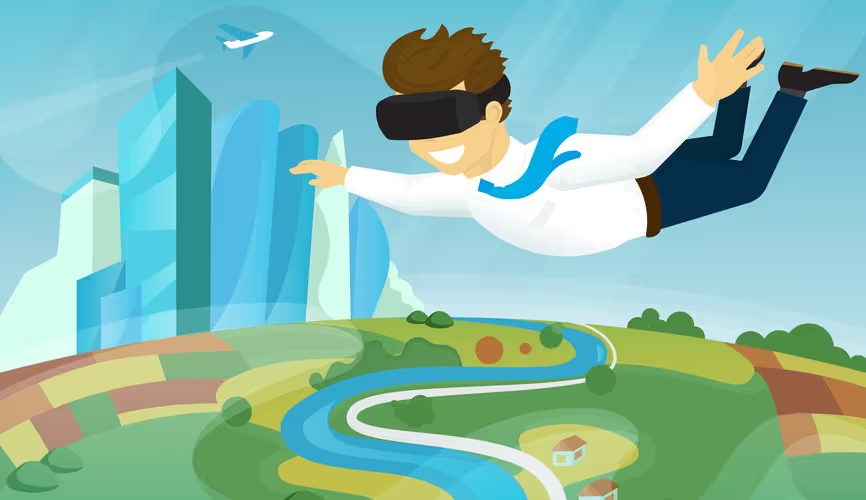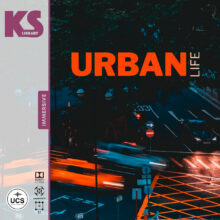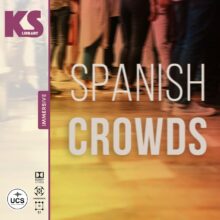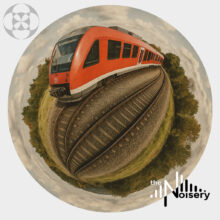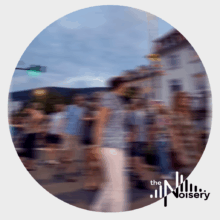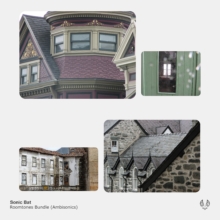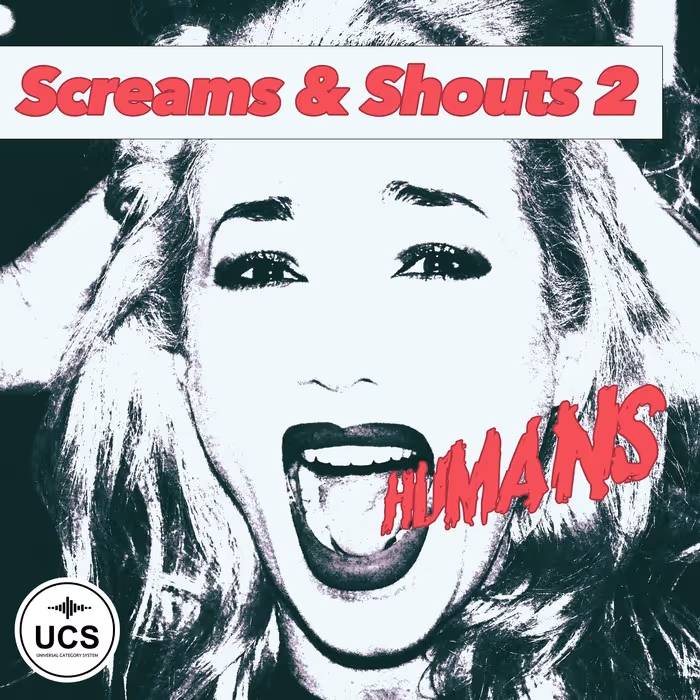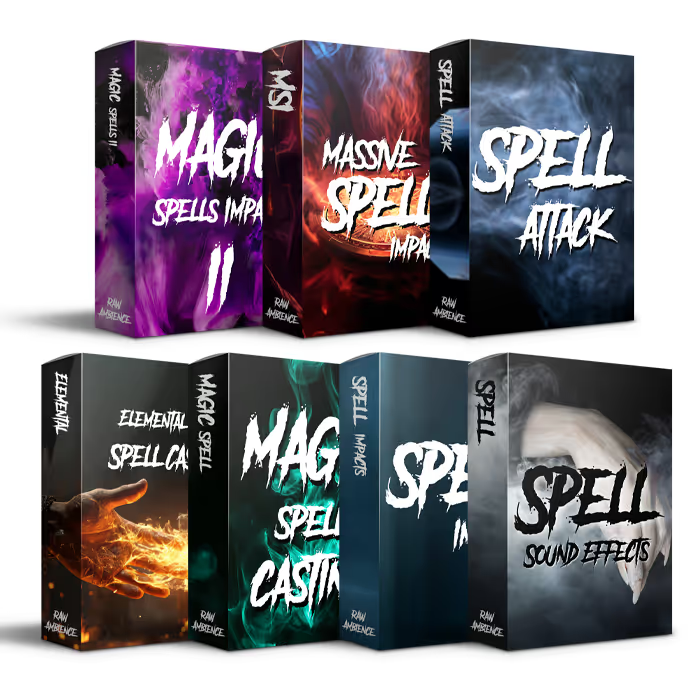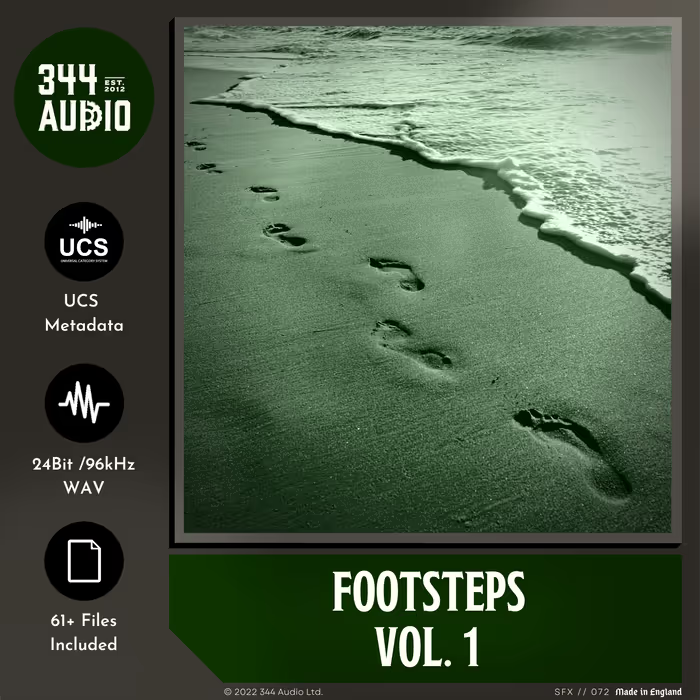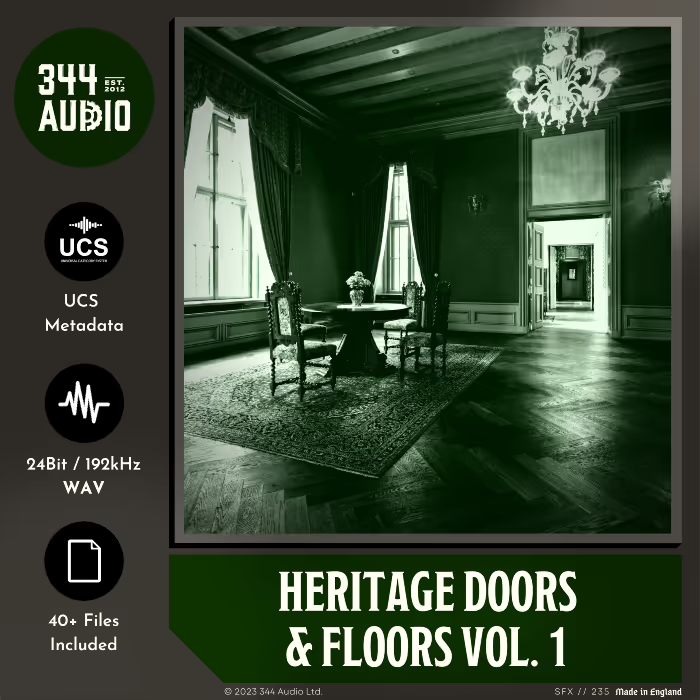Ambisonics is a method of recording and reproducing audio in full 360 degree surround – and while it’s not exactly a new invention, recent developments in software encoding have made it a lot more interesting.
And with demand for surround source material skyrocketing with the advent of 3D audio for film and immersive platforms such as virtual reality, Ambisonics is an increasingly useful option.
But how does Ambisonics work in the real world, how do you get started – and how do you make the most it? Experienced Ambisonics recordist and sound designer John Leonard gives you the details in this special hands-on A Sound Effect primer:
The current state of surround sound recording
Before we dive into the world of Ambisonics, let’s look at the current state of the art in recording in surround. It’s pretty easy, but not inexpensive, to make high-quality surround recordings these days, not only with the various discrete array mounts available from a number of microphone manufacturers, but also with all-in-one 5.1 and 7.1 microphones being offered, such as the DPA5100 surround microphone, affectionately known as The Bicycle Seat, and the various offerings from Holophone Microphone Systems.
Both these systems use discrete miniature electret microphone capsules in a special enclosure, with each microphone feeding a separate channel of a multi-track recorder although the smaller Holophone systems can also generate Dolby-encoded surround from a two-channel output, making them useful for DSLR on-camera use.
Aside from its discrete arrays, Schoeps offers a different approach, with a microphone/software system that they call Double Mid/Side, (DMS) where a rear-facing cardioid is added to a standard mid-side pair and the resulting three channels are trans-coded in software to provide a 5.0 surround output. Details here.
Sennheiser has its Esfera system, which uses a two-channel microphone array and separate hardware to generate 5.1 outputs by means of some very clever processing, but at a fairly hefty price tag of around US$12,000 for the complete system. All of these have their advantages, but they all produce horizontal only recordings and, in the case of the DPA 5100 and the Holophone H2-Pro 7.1, require six and eight tracks respectively to record the microphone outputs.
The selection of ambisonic sound effects libraries is constantly growing – here are the latest arrivals:
The Ambisonics difference
Without getting bogged down in too much detail, Ambisonics, developed in the early 1970s by Peter Fellget and Michael Gerzon is a way of recording and reproducing surround sound in both horizontal and vertical surround from a single point source. Yes, that’s right: eat your hearts out, DTS:X™, Dolby Atmos™ and Auro 3D™, Ambisonics has been capable of full surround including height and depth for around forty years, and it’s non-proprietary. You can find the relevant Wikipedia entry here for an explanation of the basic science behind the technique.
At its simplest, what’s known as a first-order B-Format surround signal can be generated either by software manipulation of mono sources or by a special type of microphone, using a tetrahedral array of four near-coincident capsules.
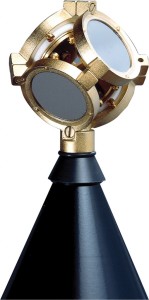
Those from TSL/Soundfield output a B-Format signal, which supplies a matrixed four-channel signal, where the four channels are designated W, X, Y and Z, where W represents on omni-directional reference, X represents front and back, Y represents left and right and Z equals up and down. (This is a gross simplification, but it’ll suffice for this article.) These microphones will have hardware control units that give the user options in terms of gain and directional orientation and filtering and are at the top-end of the market.
The Soundfield SPS200 and the Core Sound TetraMic both output simple capsule feeds and need software (SurroundZone2 for the Soundfield and VVTetraVST for the Core Sound) to correctly matrix the capsule feeds into a B-Format signal.
The resulting four-channel signal can then be trans-coded for output in many ways, from a single source in mono to multi-speaker surround arrays, with the major advantage being that once you have a the initial capture, you can use post processing to vary pan, tilt, zoom and rotate: something that’s not exactly simple to achieve with other systems.
Ambisonics allows you to transcode your B-format source material into a myriad of formats, by using the free SoundField SurroundZone 2 plugin – including stereo, 5.0, 5.1, 6.0, 6.1, 7.0 or 7.1 surround.
The early days of Ambisonics
The development of Ambisonics was sponsored by a UK government organization called the National Research and Development Corporation, the aim of which was to exploit commercially technology created in the public sector. With Ambisonics, it failed dismally and the technique became the preserve of a few dedicated enthusiasts, but Soundfield Microphone sales continued to those who saw the various uses to which the system could be but, not the least as a pretty impressive stereo microphone for use in recording studios.
The main problem with using Ambisonics in large listening areas such as movie-theaters has always been the size of the sweet-spot, which was pretty small. The effect was still obvious and fairly impressive outside the sweet spot, but didn’t have the wow-factor of artificially pan-potted effects that became the staple of 5.1 and 7.1 movie theater systems. It did, however, give a far more realistic sense of being in the scene than its rather more sensational rival.
[tweet_box]Welcome to the wonderful world of Ambisonics – a primer by John Leonard:[/tweet_box]
Ambisonics evolved
Initially, the decoding hardware was complex and expensive and the lack of truly portable multi-track recording equipment meant that you were pretty much tied to a mains supply and a rack full of gear, but the arrival of sophisticated portable computer interfaces – in my case, the Metric Halo 2882 which could be powered via the FireWire port of a Macintosh PowerBook – meant that it’s been possible to record using Soundfield microphones free from mains power for around fifteen years. Much of the material in my effects libraries has been recorded using this system, although for more portability, I also use Sound Devices 744 and 788 recorders, which have basic B-Format monitoring built-in.
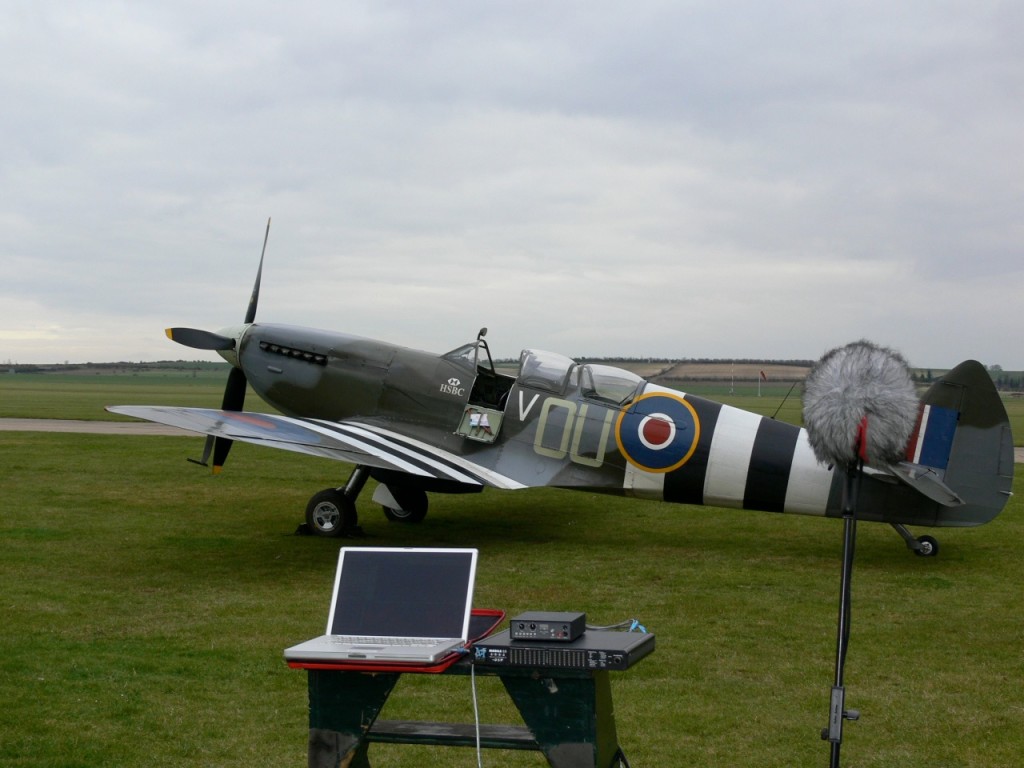
Further development in software processing has also meant that expensive hardware is no longer needed for transcoding and, thanks to research carried out at various academic institutions, much of the software to accomplish this is free. The small sweet-spot problem remained, though, and much of the effects material recorded in B-Format by me and others like me, was simply decoded, initially, to stereo and lately, to 5.1 surround, with the height aspect being discarded.
It’s now entirely possible using software, to enlarge the sweet spot, decode for binaural and even to deal with irregular speaker arrays in large venues.
Recently, however, there have been major developments in the use of Ambisonics, particularly with the arrival of immersive virtual reality systems such as the Oculus Rift and it’s now entirely possible using software, to enlarge the sweet spot, decode for binaural and even to deal with irregular speaker arrays in large venues.
One of the developers in the forefront of this technology is a company called Blue Ripple Sound and the good news is that the core software to experiment with this is free, with the caveat that it only works with certain DAWs at the moment, although one of these is the ridiculously cheap, but amazingly versatile Reaper.
A whole new sound effects category is opening up here on A Sound Effect, dedicated to Ambisonics SFX libraries – and a bunch of libraries have just been added. Check out a small selection below:
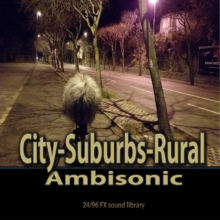
Ambisonic City, Suburbs, Rural Ambiences
37,00 €Sold By: : IVO VICIC SOUND LIBRARIES
Add to cart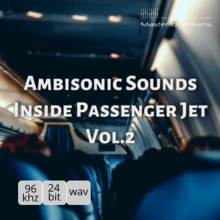
Ambisonic Sounds – Inside Passenger Jet Vol.2
22,00 €Sold By: : Master of Dreams
Add to cart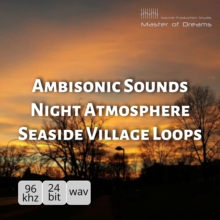
Ambisonic Sounds – Night Atmosphere Seaside Village Loops
20,00 €Sold By: : Master of Dreams
Add to cart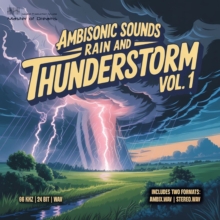
Ambisonic Sounds – Rain and Thunderstorm Vol.1
20,00 €Sold By: : Master of Dreams
Add to cart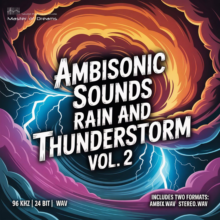
Ambisonic Sounds – Rain and Thunderstorm Vol.2
20,00 €Sold By: : Master of Dreams
Add to cart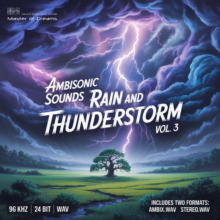
Ambisonic Sounds – Rain and Thunderstorm Vol.3
20,00 €Sold By: : Master of Dreams
Add to cart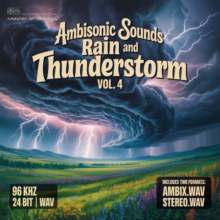
Ambisonic Sounds – Rain and Thunderstorm Vol.4
20,00 €Sold By: : Master of Dreams
Add to cart
Getting started with Ambisonics
If you do want to test the waters and you have Reaper, ProTools, Cubase, Nuendo or Logic, there are a couple of ways you can achieve this at no cost, other than some time to read and understand how to set your system up. There are a number of software plug-ins that will decode audio material recorded as B-Format surround, but probably the first stop should be the plug-in specifically designed to deal with the output of Soundfield Microphones: the company is now part of TSL Products and their SurroundZone2 plug-in is available for VST, AU and AAX systems, with VST & AAX available for both MacOS and Windows computers. You can download it for free here.
If you want a more advanced version, the truly excellent Harpex-B plug-in is available here. It isn’t free, in fact it’s quite expensive, but there’s a thirty day free trial available, which is worth experimenting with.
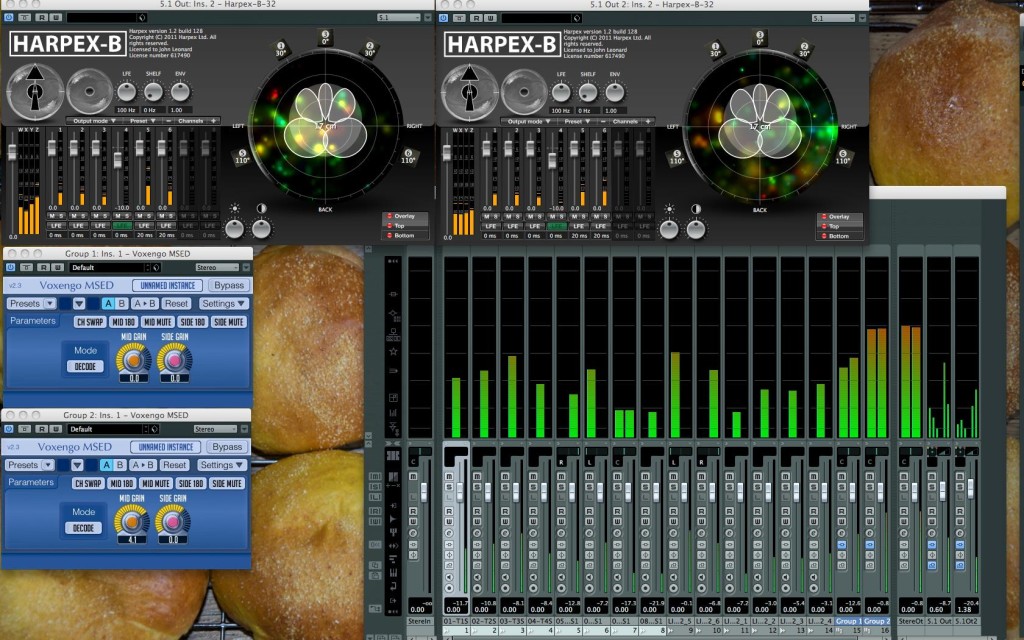
If you’re a Windows user and prepared to dig a little deeper into the system set-up, then you can try Dave McGriffy’s VVMicVST plug-in, which as the name suggests is a VST-only plug-in, although Dave has recently expanded his suite of tools and these can be found on his VVAudio site.
Want to dig deeper still? Daniel Courville has a whole suite of software, including a Double M/S version and one for making your Zoom H2 surround recordings sound pretty good.
How to record surround in B-Format
Want to buy a mic of your own? Aside from the Soundfield and TetraMic products mentioned earlier, a new, Kickstarter-funded company in India produces the Brahma microphones, which are also causing interest, especially as they’ve managed to build one into a Zoom H2N body, making it the smallest complete surround recording package available anywhere. Check it out here and read about one user’s experiences here
In closing, let’s sum up the key takeways from this primer:
• Ambisonics is a method of recording and reproducing audio in full 360 degree surround.
• Post-processing can transcode the recordings into various conventional surround formats.
• Specialist hardware and software is required for recording and processing the audio.
• Much of the processing software is free and works with many DAWs.
• Microphone prices start at under $1,000.00
John Leonard is an experienced sound designer and recordist from the UK, where he’s done pioneering work in theatre sound since the 1970s. His work includes exhibition projects in the UK, North America and China, and shows in London’s West-End, The National Theatre Of Great Britain, The Royal Shakespeare Company, The Royal Court, The Almeida, The Lincoln Center Festival and more. He’s also the creator of the popular Immersive FX sound effect series. Learn more about his work here.

